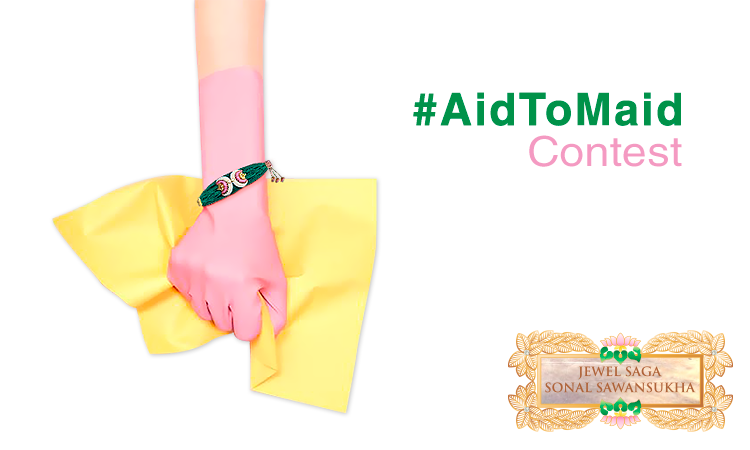Every Teenage Girl Should Steer Clear Of The Female Athlete Triad
- JWB Post
- July 27, 2016
I was not very sporty back in school. Not that I am now but. Anyway, this report by AAP publications reveals some health signs that should be taken into consideration for female athletes.
Each year, the number of women participating in sports is increasing. Many of them either go over the top with exercising or don’t eat the required amount of calories, as argued by some sports medicine experts (Reuters Health).
Many times, it can lead to eating disorders, menstrual problems like amenorrhea, and osteoporosis. This is known as the female athlete triad. According to a recent clinical guidance report in Pediatrics, girls can have one of these three problems or in a combination.
“There are physicians that are unaware of the triad and it’s long-reaching consequences,” said Dr. Margot Putukian, director of athletic medicine at Princeton University in New Jersey.
Even though sports can have tremendous benefits like improved self-esteem and better physical and mental health, doctors, coaches and parents should be aware that some teens can take training to extremes, Putukian said.
“When overtraining occurs, and elements of the triad surface, the concern is that it can be associated with disordered eating, menstrual dysfunction, with subsequent bone health issues, and then certainly there can be dangerous consequences,” Putukian said via email.
Some doctors from the Council on Sports Medicine and Fitness argue in the paper that girls affected by the female athlete triad might be trying to improve their performance in sports through weight loss.
The authors also noted that disordered eating could range from failure to consume enough calories to support intense workouts to avoidance of certain foods to restrict fat or shed pounds.
The authors also mentioned that not eating enough calories can also reduce hormones that regulate menstruation which can lead to irregularity in periods or a halt in monthly menstrual cycles. Athletes might have more menstrual irregularities than other teenage girls who don’t participate in sports. Hormonal irregularities and poor nutrition can also lead to osteoporosis. This can increase the risk of fractures and other injuries and is also more common in female athletes than other teenagers.
“Female athlete triad is the female health consequence of low energy availability,” said Sharon Chirban, a sports psychologist at Boston Children’s Hospital and Harvard Medical School. Chirban wasn’t involved in the report.
“The personality most apt to get into trouble is often a high commitment athlete who is willing to do whatever it takes to succeed,” she added by email.
The report also mentions that it should be made sure that athletes understand the significance of getting enough calories for intense exercise and the risks of irregular periods are important for preventing female athlete triad.
Doctor visits should include questions about menstruation, physical exercise, and eating habits so that it can help assess if teen girls might be at risk for developing female athlete triad. Doctors, parents and coaches should also understand that if girls show symptoms of one aspect of the triad, they are also at increased risk for developing the rest of the problems.
“It has been my experience that coaches, parents, pediatricians and family practice physicians are not experienced in caring for athletes, and athletes themselves are not aware of the health risks unique to the triad for female athletes,” said Timothy Neal, a researcher who works with the athletic training program at Concordia University in Ann Arbor, Michigan.
Paying attention to mental health is critical for preventing and addressing female athlete triad, he added by email.
“Parents, athletes, pediatricians, coaches and certified athletic trainers should be aware of signs and symptoms of eating disorders, including those athletes who display signs and symptoms of anxiety, depression, anger, isolation, and other behaviors that may indicate a mental health disorder,” Neal said.
Sources: You can read the source and the original article here.
- 0
- 0










